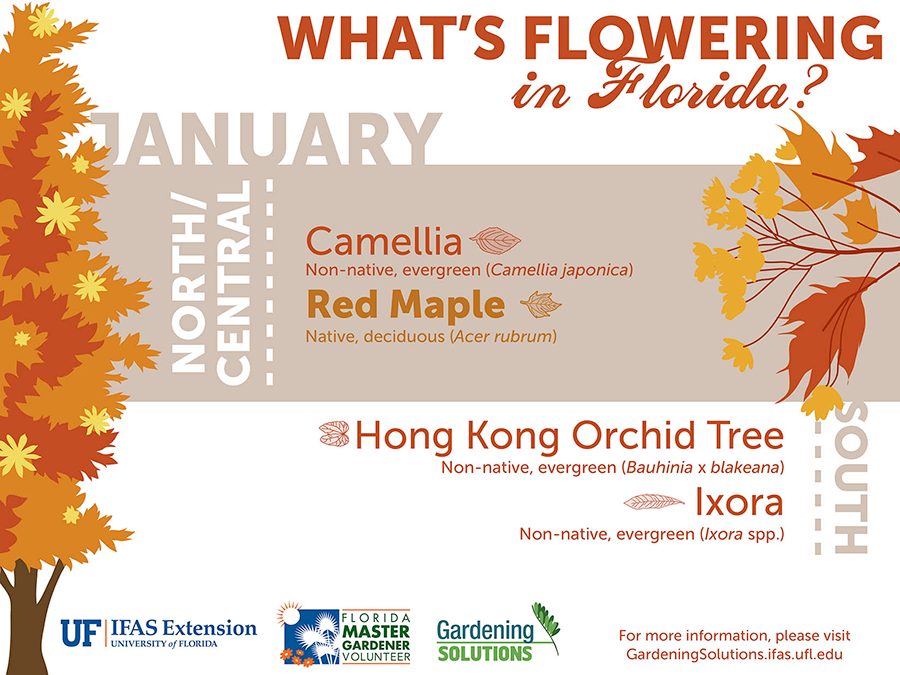The Future Of Trees: Just How To Recognize When Removal Is Called For
The Future Of Trees: Just How To Recognize When Removal Is Called For
Blog Article
Material Created By-Lindgaard Harrington
If you've ever questioned the destiny of the trees on your home, comprehending when it's time for removal is important. But how do you identify if a tree can be conserved or if removal is the only alternative? By trying to find certain indications and examining safety threats, you can make informed decisions that profit both your landscape and your surroundings. Allow's explore the essential variables that come into play when determining the fate of a tree and how you can ensure the very best end result for your green buddies.
Signs of Tree Decline
If you notice any one of the following signs of tree decline in your yard, it may be time to consider tree elimination.
One common indication is dead or worn out branches, which can indicate underlying problems impacting the tree's health. Watch out for tarnished or wilted fallen leaves that continue despite proper treatment, as this could be an indication of illness or pests.
An additional warning signal is too much leaning or a recognizable change in the tree's base, which might suggest origin concerns or architectural instability. Keep Fruit Tree Pruning out for fungal growth on the trunk or origins, as this can show rot and compromise the tree's security.
Furthermore, if you observe big fractures in the trunk or significant arm or legs, it's essential to attend to these problems immediately to prevent potential threats. Attending to these signs of tree decrease promptly can aid preserve the security and visual appeals of your backyard setting.
Safety and security Problems
To guarantee the well-being of your property and those around you, prioritizing safety problems connected to trees is extremely important. Trees can position different security threats otherwise effectively maintained. Dead or rotting branches might fall all of a sudden, endangering people or damaging structures.
Leaning please click the following internet page can also be dangerous, especially if they're leaning in the direction of a building or power lines. Furthermore, trees with substantial origin systems near structures or below ground utilities can cause significant damages with time.
It's essential to consistently examine your trees for any kind of signs of possible risk. Keep an eye out for splits in the trunk, huge tooth cavities, or indicators of illness and degeneration. If you observe any one of these issues, it's best to speak with a professional arborist to examine the scenario and establish the needed strategy.
Taking aggressive actions to resolve safety issues promptly can avoid accidents and residential property damages in the future. Bear in mind, the security of your home and those around you ought to constantly be the leading priority when it pertains to tree upkeep.
Consulting an Arborist
When taking into consideration the health and wellness of your trees, getting in touch with an arborist is a vital action. Arborists are trained professionals who concentrate on the care and maintenance of trees. They can examine the overall health of your trees, recognize any type of concerns such as illness or architectural issues, and offer expert referrals on the very best course of action.
By seeking advice from an arborist, you can obtain beneficial understandings right into the condition of your trees and identify whether elimination is essential. Arborists have the understanding and experience to evaluate the risks connected with maintaining a tree versus removing it. They can additionally use guidance on alternate services, such as pruning, cabling, or supporting, to aid protect the tree whenever feasible.
In addition, arborists can assist you navigate any local guidelines or permits that may be required for tree elimination. Their experience can guarantee that the process is accomplished safely and in compliance with any applicable laws.
Conclusion
Finally, when determining whether trees can be saved or if elimination is required, it is important to take into consideration indications of decrease and safety concerns. Consulting an arborist for a complete evaluation is necessary in making the very best choice for the tree's health and prospective threats. Remember, proactive care and prompt action can assist preserve trees and avoid mishaps.
